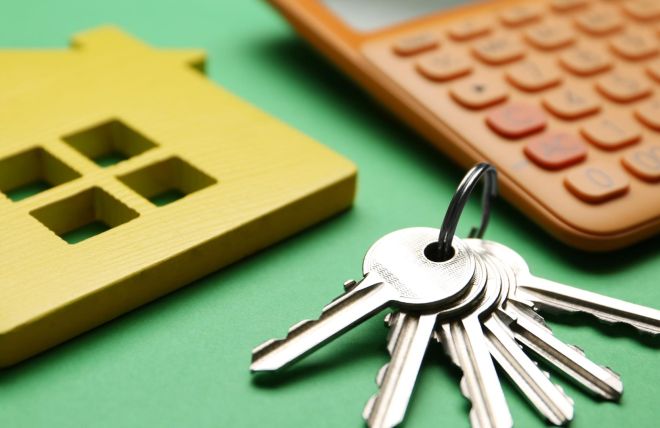When something breaks in your community, the first question is always: Who’s responsible for fixing it? For both condo owners and HOA members, the answer isn’t always clear. Understanding the line between HOA and homeowner repairs can help prevent disputes and costly delays.
Generally, HOAs handle repairs to common areas—things like exterior walls, roofs, shared plumbing lines, and amenities such as pools or clubhouses. Homeowners, on the other hand, are usually responsible for what’s inside their unit or lot, including interior plumbing, appliances, and personal fixtures.
But every association is different. Your community’s CC&Rs or bylaws should clearly define maintenance responsibilities. Boards should share these documents with new residents, and make them easy to access year-round. If you’re not sure where to begin, our post on HOA communication outlines how to make rule sharing more effective.
HVAC systems are one of the most misunderstood repair areas. Is the condenser yours or the HOA’s?
When repairs are needed, tracking and documenting who did what—and who paid—matters. Smart tools like Shoeboxed help scan and store receipts, while Dext lets you track contractor invoices and budget categories with ease.
Need to handle reimbursements or collect payments from owners? Platforms like QuickBooks are ideal for managing HOA financials and splitting shared expenses accurately.
If your board needs to issue formal work orders or share repair updates, digital signature tools like SignNow or PandaDoc can streamline approvals and track responses without paper.
Clear policies and simple workflows help everyone stay on the same page—so when the pipes burst or the shingles fly, no one’s left guessing who foots the bill.







